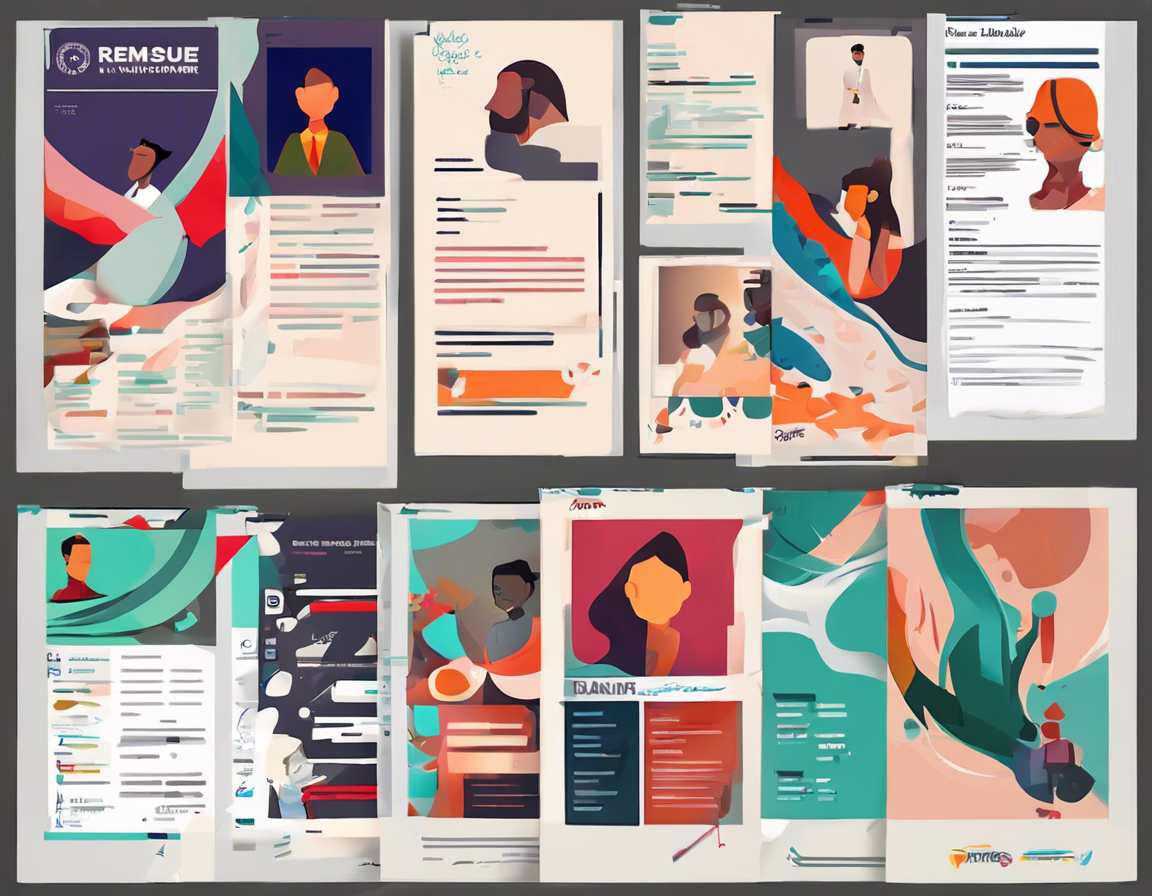Creating a professional resume is the first step towards landing your dream job. Your resume is essentially your first impression on the employer, and it needs to showcase your skills and qualifications effectively. Whether you are a fresh graduate entering the workforce or a seasoned professional looking to switch careers, a well-crafted resume can significantly increase your chances of being noticed by recruiters and potential employers. In this guide, we will outline five essential steps to help you create a professional resume that stands out from the crowd and gets you closer to your career goals.
Step 1: Understand the Purpose of a Resume
Before you start drafting your resume, it is crucial to understand its purpose. A resume is a concise document that highlights your relevant skills, experience, and qualifications. It serves as a marketing tool to showcase why you are the ideal candidate for a particular job. Tailoring your resume to each job application is essential, as it allows you to emphasize the most relevant information for the position you are applying for.
Step 2: Choose the Right Resume Format
There are several resume formats to choose from, including chronological, functional, combination, and targeted resumes. The most commonly used format is the chronological resume, which lists your work experience in reverse-chronological order. This format is ideal for candidates with a stable work history and progressive career growth. On the other hand, a functional resume focuses on skills and achievements rather than chronological work history and is suitable for candidates with employment gaps or those changing careers. Choose a format that best highlights your strengths and experiences.
Step 3: Make a Strong Opening Statement
Your resume should start with a compelling opening statement, often referred to as a resume summary or objective. This section provides a brief overview of your skills, experience, and career goals. A well-crafted opening statement can grab the recruiter’s attention and entice them to continue reading your resume. Highlight your key qualifications and career achievements to showcase what you can bring to the table.
Step 4: Highlight Your Achievements and Skills
When listing your work experience, focus on achievements rather than job duties. Quantify your accomplishments wherever possible by using metrics and numbers to demonstrate the impact of your work. Additionally, include a skills section that highlights your key competencies, such as technical skills, soft skills, and certifications. Tailor this section to match the requirements of the job you are applying for to show that you possess the necessary skills for the role.
Step 5: Proofread and Edit Your Resume
Before submitting your resume, it is essential to proofread and edit it carefully. Spelling and grammatical errors can make a negative impression on recruiters and suggest a lack of attention to detail. Take the time to review your resume for any mistakes, formatting issues, or inconsistencies. You can also ask a friend or mentor to review your resume and provide feedback. A well-polished resume will demonstrate your professionalism and commitment to excellence.
By following these five steps, you can create a professional resume that effectively showcases your skills and qualifications. Remember to customize your resume for each job application, highlighting the most relevant information for the position. A well-crafted resume can significantly increase your chances of standing out to recruiters and landing your desired job.
Frequently Asked Questions (FAQs)
1. How long should my resume be?
While there is no strict rule on resume length, it is generally recommended to keep your resume to one to two pages. Focus on including relevant information that highlights your qualifications and experiences concisely.
2. Should I include references on my resume?
It is not necessary to include references on your resume. You can create a separate references page to provide to employers when requested during the hiring process.
3. Is it essential to tailor my resume for each job application?
Customizing your resume for each job application is highly recommended. Tailoring your resume allows you to highlight the most relevant skills and experiences that align with the job requirements, increasing your chances of being noticed by employers.
4. What font size and style should I use for my resume?
Opt for a clean and professional font such as Arial, Calibri, or Times New Roman in a size between 10 and 12 points. Ensure that your resume is easy to read and visually appealing.
5. Should I include a cover letter with my resume?
While a cover letter is not always required, it is a valuable opportunity to further explain your qualifications and interest in the position. Consider including a cover letter to complement your resume and make a stronger case for why you are the ideal candidate.
Creating a professional resume requires careful attention to detail and a focus on highlighting your unique qualifications and experiences. By following the steps outlined in this guide and addressing common questions about resume writing, you can craft a compelling resume that sets you apart in the competitive job market.
